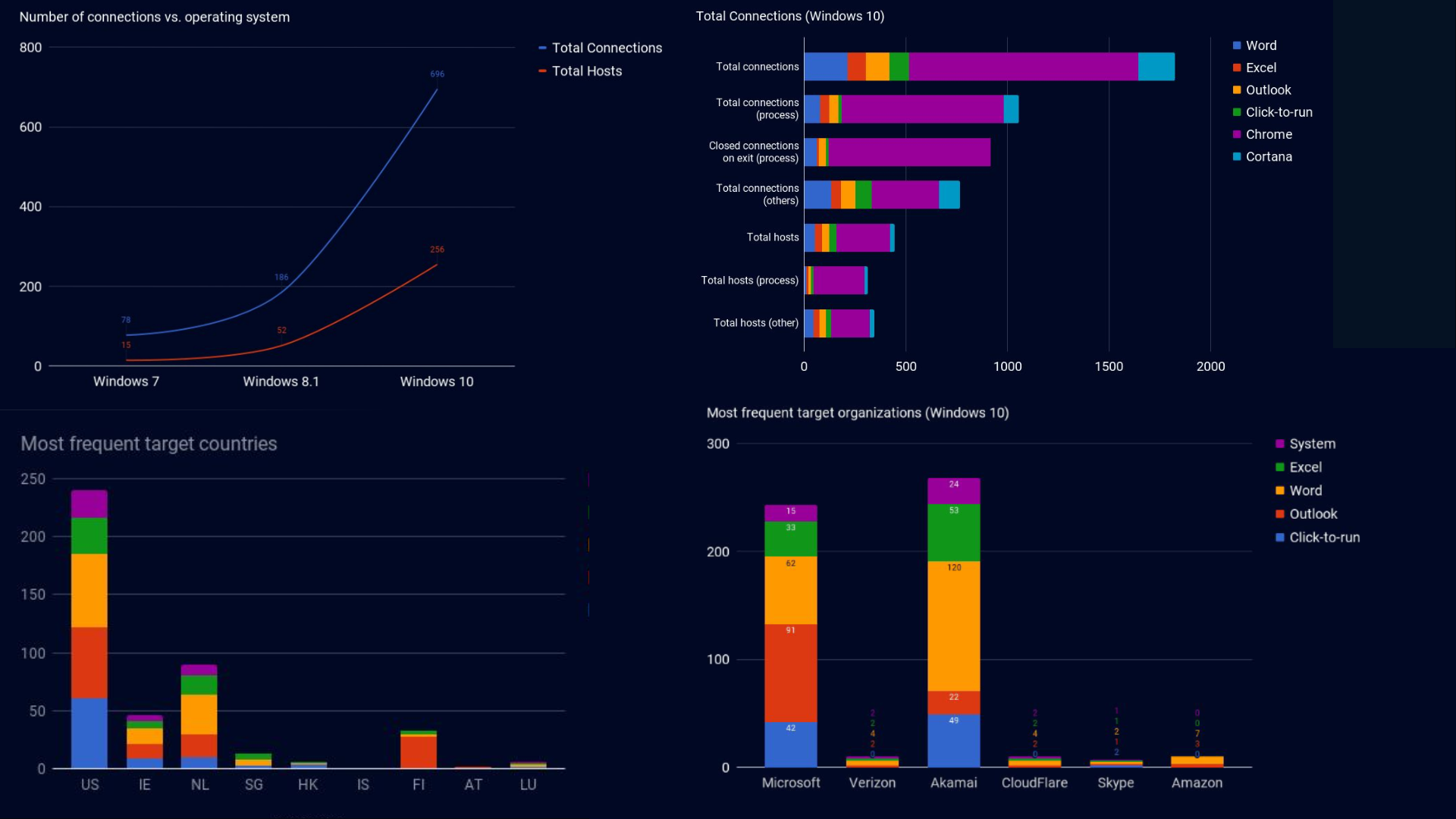
SnowWall: The visual firewall for the surveillance society
SLIDES WEBSITE THESIS
Abstract. In the past two decades we have seen a steady increase in the adoption of various technologies that fit into what can be described as a digital lifestyle. Sharing data, experiences and our most intimate thoughts has become second nature to most people connected to the Internet. And as market trends shift so did the approach that companies and governments have in regards to each individual’s digital footprint. The uncharted wild west that used to be the internet of yesteryear has become a battleground where everyone is fighting over who knows the user better. Findings such as the Snowden and the Vault7 leaks have deeply shaken the status quo in privacy. This project revolves around giving the end user back insight and control over what they involuntarily share with the world.
We present SnowWall: a networking tool designed to provide insights and control into the networking activity on a Windows-based system. SnowWall interacts with the operating system, intercepts every inbound and outbound connection, provides information on the connection’s state, lifetime, owning process, and most importantly, remote end point, such as geolocation and ownership information. SnowWall is a powerful tool designed to be user-friendly, which allows anyone to block unwanted connections with high-level firewall rules, such as blocking by country or by owning organization name. With an intuitive visual interface, we strive to shake the public apathy formed around the issue of user tracking. Furthermore, we have analysed the nature of the data being leaked and we bring some intriguing results.
Running SnowWall on multiple hosts and analysing the data has brought up many red flags. We have observed a regular user working on Windows 7, 8.1, and 10, and we have learned that Microsoft collects data on all of these systems, with the amount of connections which open in general growing exponentially as newer versions of Win- dows are evaluated. It appears that system processes create TCP connections to both Microsoft servers and advertisers, with a large amount of network bandwidth being dedicated to such activities. Furthermore, many popular programs that ship with Windows appear to send data to Microsoft, in the US as well as Ireland, Hong-Kong, Singapore, and the Netherlands.
When: 01 Jul 2017, 14:00
Where: Distinguished MSc Talk, Huxley 311, Imperial College London